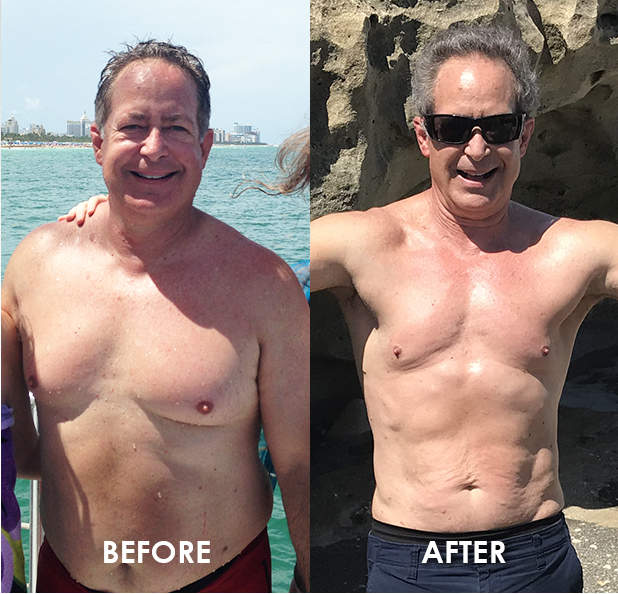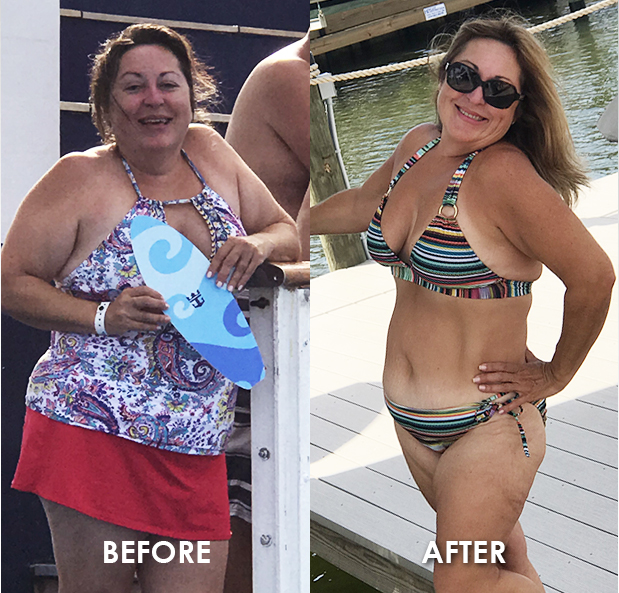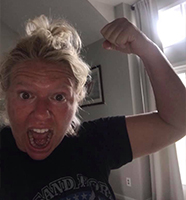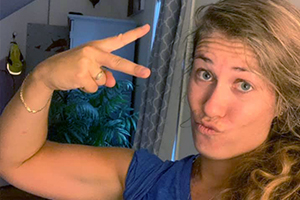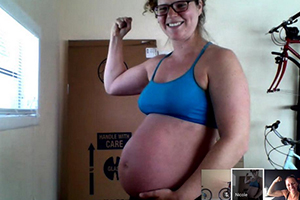
My favorite muscle is by far the glutes! I make a consistent effort to incorporate glute training in ALL of my online and fitness classes, and most importantly – my physical therapy treatments! Did you know the glutes are the strongest muscle(s) in the body? Well, they are suppose to be at least! Sadly, with the uprise of sedentary lifestyles and the increased sitting epidemic, the glutes are NEGLECTED. This inhibition and/or weakness is linked to a high prevalence of back, hip, knee, and ankle injuries! This weakness doesn’t just exist in the elderly or sedentary populations either, it is more commonly seen in endurance athletes, runners, and even in your classic weight lifter!
Read the research for yourself!
Found in Glute Dysfunction in Runners: Weakness or Inhibition?:
- In a 2007 study of Div III collegiate athletes by Cichanowski et al, 13 females who were diagnosed with unilateral “patello-femoral pain” were found to have significantly weaker hip abductor and external rotator muscle groups of the injured lower extremity.
- In a study of 15 females with “patellofemoral pain” by Ireland et al (2003), hip abduction strength and hip external rotation strength were found to be significantly less than age-matched controls.
- Robinson and Nee’s 2007 study of 10 females who sought physical therapy for unilateral knee pain demonstrated significantly less hip extension, abduction, and external rotation strength than the same number of control subjects with no known knee pathology.
- Average hip abductor (Glute medius) torque in 24 distance runners with ITBS was found by Fredericson et al (2000) to be significantly weaker than that of the uninjured limb and controls.
- Hewitt et al’s 2006 review of ACL injuries in Females reported a number of studies that demonstrated decreased Gluteal muscle activity and/or ability to absorb ground reaction forces by the hip musculature during landing in females who sustained ACL injuries than in uninjured athletes.
To really understand the importance of glute strengthening, lets start with a touch of anatomy. Unlike the quadratus lumborum (a lower back muscle), when you hear “glutes” mostly EVERYONE knows EXACTLY where its location is. This isn’t a coincidence. Not only is the butt one of the most prevalent features of the human being, it is the STRONGEST muscle in the body. The glutes are made up of 3 muscles: glute medius, minimus, and maximus.
Combined, they function to contribute to major functions of human life. The gluteus maximus’ primary role is hip extension, and is most active during force production with a bent knee. For example, when rising from a seated or squat position and when climbing stairs. So, its no coincidence to see a high prevalence of knee injuries related to squatting/stairs if the glutes are not functioning properly.
The smaller, glute minimus and medius contribute to the same actions, but mainly, they are the primary stabilizers of the pelvis, and the more stable our pelvis, the less chances we have to injury. The glute medius contributes to the action of hip abduction (leg out to the side), and in many low back, hip, or knee pain cases, the glute medius is commonly tested as the weakest link.
Another contributing factor to glute inhibition is SITTING! When we sit for prolonged periods of time, the back (posterior) hip muscles are at a disadvantage to engage, and the front (anterior) hip muscles (hip flexors) become over-engaged making it almost impossible to activate the glutes once out of the sitting position. Treatments such as contract-relax techniques can help to achieve success in glute activation. Look out for my next blog post touching on this!
The Resistance band walkout is included in every workout program and Physical Therapy treatment I do! The WALKOUT truly isolates those neglected glute muscles and promotes hip and back stability. Check my this short video demo of this exercise from my online fitness class or simply follow along!
I typically choose to do high repetitions (4 sets of 20) to really feel that good BUTT BURN and achieve maximal strength results. If you suffer from debilitating back, hip, knee, and even ankle pain/injuries – you can’t go wrong with adding the WALKOUT to your regular exercise program! Even if you don’t suffer from these injuries, you still can’t go wrong. Prevention is KEY! So start today —-> Walk it Out Walk it Out Walk it Out!!


